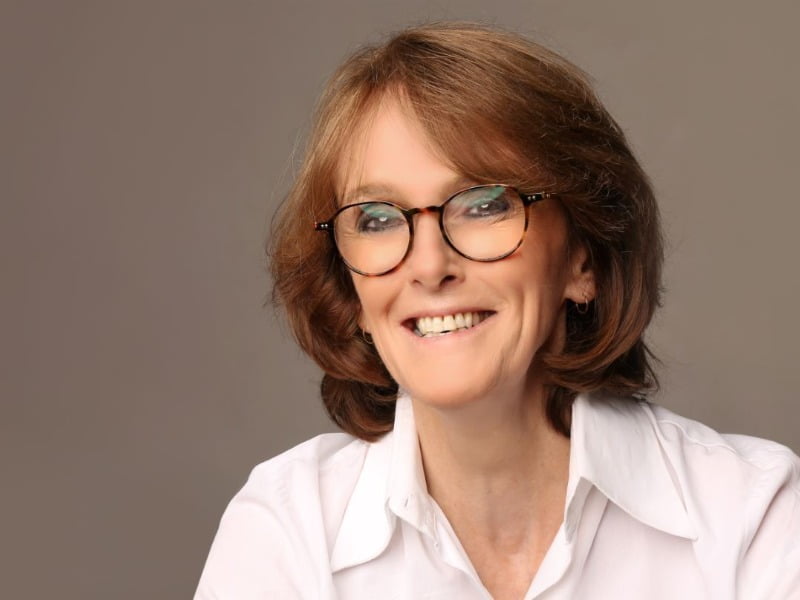Quantum technology is not a phrase discussed over kitchen tables in Australia, but perhaps it should be.
Australia’s quantum technology research has been breaking new ground for almost 30 years. Governments, universities and more recently multinationals have all invested in this research.
Quantum technology is set to transform electronics, communications, computation, sensing and other fields. In the process it can create new markets, new applications and new jobs in Australia.

So, what is quantum technology?
Quantum physics explains the behaviour of the world at the smallest scale. Scientists can now isolate individual quantum particles (such as electrons and photons) and detect and control their behaviour.
This opens the door to creating new types of quantum electronic devices. The possibilities range from precision sensors and secure communication networks to incredibly powerful computers to tackle problems that can’t be solved today.
Commercial applications of these technologies are emerging, and Australia is one of the leaders.
In the 1990s CSIRO led research into one of the first commercial applications of quantum research: using superconducting quantum interference devices to detect mineral deposits deep underground.
More recently the University of Adelaide developed a way to produce one billion electrons per second and use quantum mechanics to control them one-by-one. Advances like these are paving the way for quantum information processing in defence, cybersecurity and big data analysis.
Australia is also home to some of the top quantum technology companies in the world. They are working on advanced quantum control solutions (Q-CTRL), unique quantum computing hardware (Silicon Quantum Computing), and quantum-enhanced cybersecurity tools (Quintessence Labs).
Multinationals like Microsoft and Rigetti Computing have also set up shop in Australia to work with our quantum experts.
A multi-billion-dollar opportunity
Australia has a strong research base in quantum technology. With the right approach, we at CSIRO believe this could become a A$4 billion dollar industry for Australia by 2040 and create around 16,000 new, high-value jobs.
This is a competitive area, and the world is racing. Since 2019, the UK, US, European Union, India, Germany and Russia have established multibillion-dollar quantum technology initiatives. Reports also suggest China has committed around US$10 billion to quantum research and development.
To maintain our leadership and capture this opportunity, Australia needs a coordinated, collaborative approach to growing our domestic quantum economy.
A roadmap to 2040
CSIRO has collaborated with industry, research and government to produce a roadmap to help position Australia for success. We have together defined the opportunities and what we need to do to turn this significant investment into a high technology industry for Australia.
The big opportunities are around advanced sensors, secure communication networks and quantum computing. Quantum computing presents the largest long-term opportunity, with potential to create 10,000 jobs and A$2.5 billion in annual revenue by 2040, while spurring breakthroughs in drug development, industrial processes and machine learning.
While quantum computing is the big one, it may take a while to deliver benefits. We’re likely to see applications of quantum sensors and communication networks much sooner in defence, mineral exploration, water resource management and secure communication. These applications in turn could enhance productivity in Australian industries and help ensure our national security.
The roadmap identifies areas where Australia needs to act to make the most of the quantum opportunity, including continued investment in research and development and changes to support translating research into commercial products.
Crossing the “valley of death”
It’s a long way from a technically proven technology to a successful commercial application. The gap between the two is often referred to as the “valley of death”.
Australia often has trouble crossing this valley, where many of our innovations seem to wither. We need a concentrated effort to help our research make it through.
We need new ways to help universities and researchers navigate the valley, and support the prototypes, testing and marketing needed to get ideas off the bench. Investment in purpose-built facilities to help this process will help create the new markets and new jobs we need.
This system needs to be designed and developed jointly by federal and state governments, as well as industry and researchers. Success will only come from collective efforts and the collaboration of a strong network.
Cathy Foley is the CSIRO Chief Scientist. Dominic Banfield is a Research Consultant at CSIRO Futures. This article was first published at The Conversation website.
Do you know more? Contact James Riley via Email.
